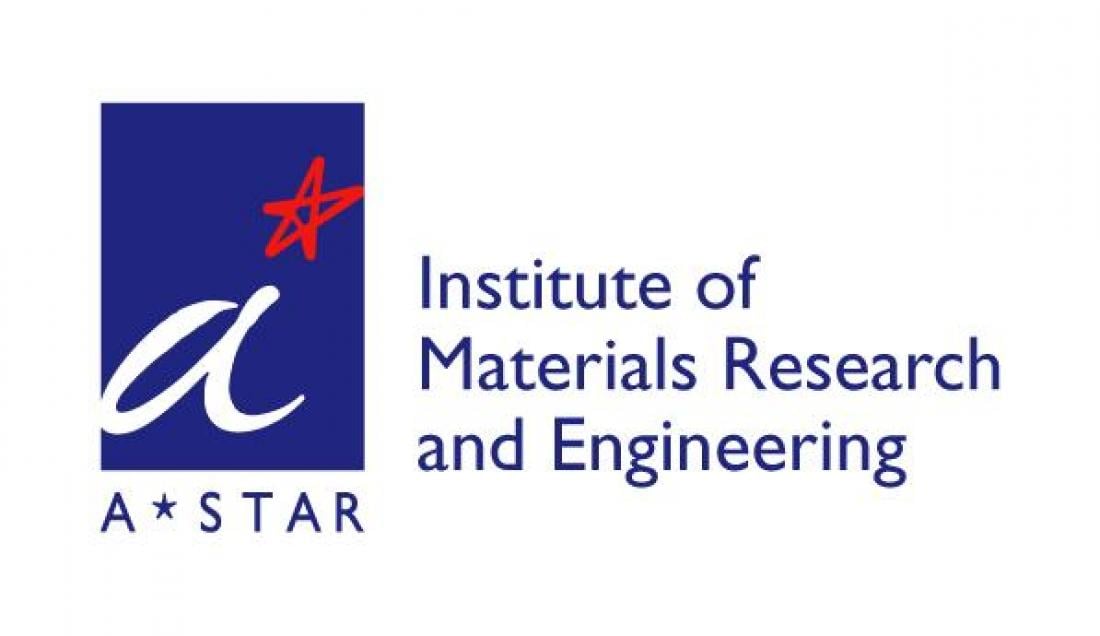Self-assembly is a a cheap, high-volume, high-density patterning technique. It allows manufacturers to use the method on a variety of different surfaces. This discovery paves the way for the development of next generation data storage devices, with capacities of up to 10 Terabits/in2 which could lead to significantly greater storage on much smaller data devices.
The “self-assembly” technique is one of the simplest and cheapest high-volume methods for creating uniform, densely-packed nanostructures that could potentially help store data. Self-assembly is one of the leading candidates for large scale nanofabrication at very high pattern densities. One of its most obvious applications will be in the field of bit patterned media, or the hard disk industry . It is widely used in research and is gaining acceptance in industry as a practical lithographic tool for sub-100 nm, low-cost, large area patterning. However, attempts to employ self-assembly on different surface types, such as magnetic media used for data storage, have shown varying and erratic results to date. This phenomenon has continued to puzzle industry researchers and scientists globally.
Researchers from A*STAR’s IMRE and NUS have now solved this mystery and identified that the smoother the surface, the more efficient the self-assembly of nanostructures will be. This breakthrough allows the method to be used on more surfaces and reduce the number of defects in an industrial setting. The more densely packed the structures are in a given area, the higher the amount of data that can be stored.
“A height close to 10 atoms, or 10 angstroms in technical terms, is all it takes to make or break self-assembly,” explained Dr MSM Saifullah, one of the key researchers from A*STAR’s IMRE who made the discovery. This is based on a root mean squared surface roughness of 5 angstrom. The team discovered that this was the limit of surface roughness allowed for the successful self-assembly of dots, which could eventually be used in making high-density data storage. “If we want large scale, large area nanopatterning using very affordable self-assembly, the surface needs to be extremely smooth so that we can achieve efficient, successful self-assembly and with lower incidences of defects.”
The discovery was recently published in Scientific Reports, an open access journal from Nature. This research is supported by the National Research Foundation Singapore under its “Frontier in magnetic recording research: Vision for 10 terabits per square inch” programme (NRF-CRP 002-097 NRF-08) and administered by A*STAR’s IMRE.
For media enquiries, please contact:
------------------------------------------------
Mr Eugene Low
Manager, Corporate Communications
for Institute of Materials Research and Engineering (IMRE)
3, Research Link
Singapore 117602
DID +65 6874 8491
Mobile +65 9230 9235
Email [email protected]
For technical enquiries, please contact:
----------------------------------------------------
Dr MSM Saifullah
Scientist III
Institute of Materials Research and Engineering (IMRE)
3, Research Link
Singapore 117602
DID +65 6874 1484
E-mail [email protected]
Annex A – A*STAR Corporate Profiles
About the Institute of Materials Research and Engineering (IMRE)
-------------------------------------------------------------------------------------
The Institute of Materials Research and Engineering (IMRE) is a research institute of the Agency for Science, Technology and Research (A*STAR). The Institute has capabilities in materials analysis & characterisation, design & growth, patterning & fabrication, and synthesis & integration. We house a range of state-of-the-art equipment for materials research including development, processing and characterisation. IMRE conducts a wide range of research, which includes novel materials for organic solar cells, photovoltaics, printed electronics, catalysis, bio-mimetics, microfluidics, quantum dots, heterostructures, sustainable materials, atom technology, etc. We collaborate actively with other research institutes, universities, public bodies, and a wide spectrum of industrial companies, both globally and locally.
About the Agency for Science, Technology and Research (A*STAR)
-------------------------------------------------------------------------------------
The Agency for Science, Technology and Research (A*STAR) is Singapore's lead public sector agency that fosters world-class scientific research and talent to drive economic growth and transform Singapore into a vibrant knowledge-based and innovation driven economy.
In line with its mission-oriented mandate, A*STAR spearheads research and development in fields that are essential to growing Singapore’s manufacturing sector and catalysing new growth industries. A*STAR supports these economic clusters by providing intellectual, human and industrial capital to its partners in industry.
A*STAR oversees 20 biomedical sciences and physical sciences and engineering research entities, located in Biopolis and Fusionopolis as well as their vicinity. These two R&D hubs house a bustling and diverse community of local and international research scientists and engineers from A*STAR’s research entities as well as a growing number of corporate laboratories.



